Orton Mere signal box has been subject to an arson attack.
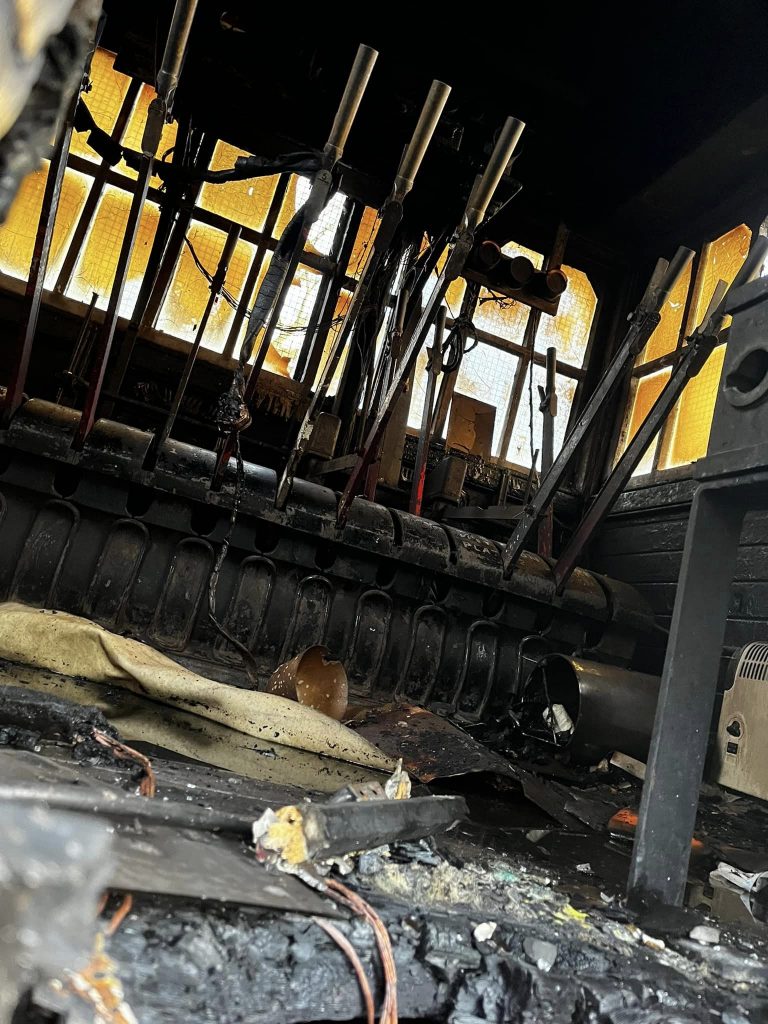
I have no idea how this will affect the operation of trains.
I will post more information as and when I have it.
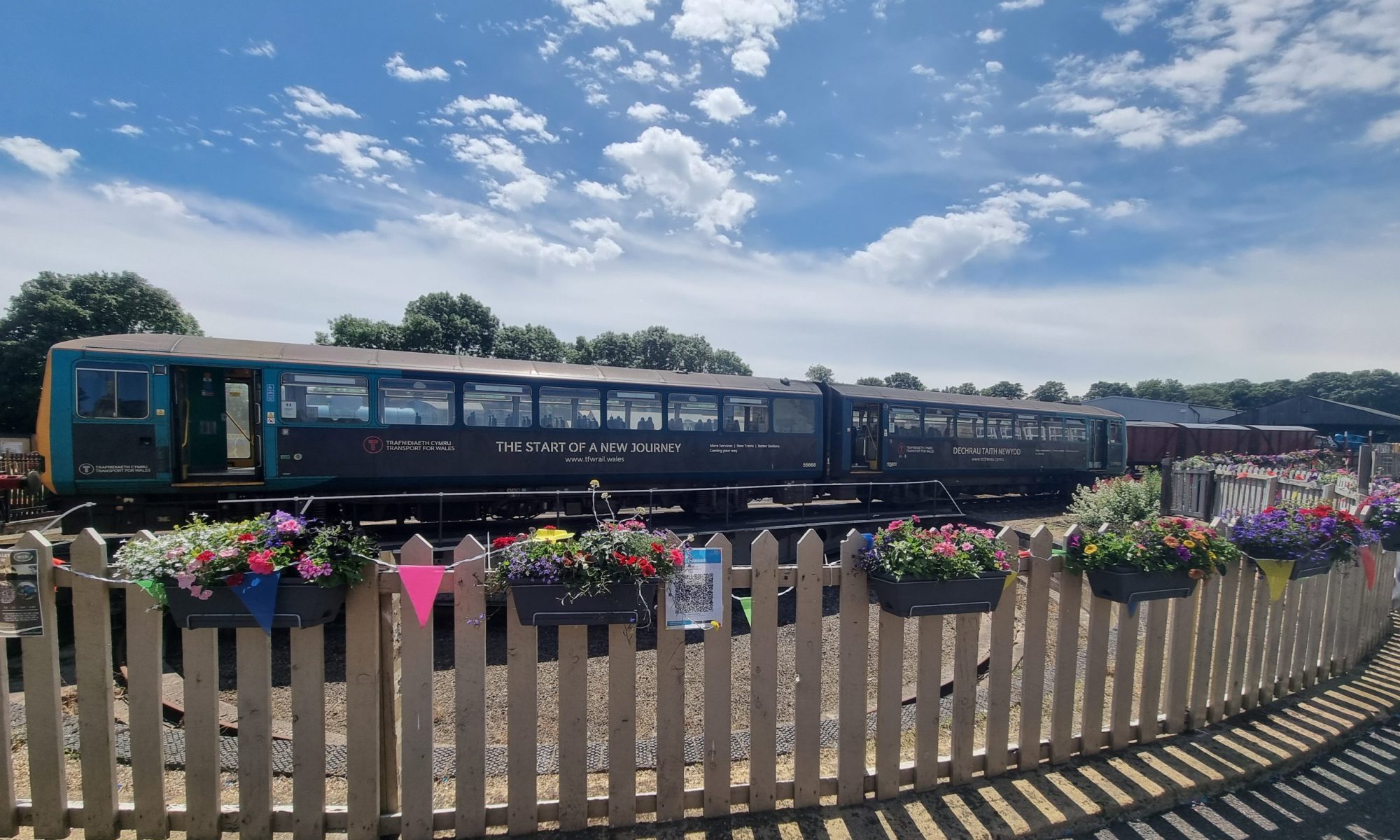
We are spending today preserving yesterday, so you can enjoy it tomorrow.
Orton Mere signal box has been subject to an arson attack.

I have no idea how this will affect the operation of trains.
I will post more information as and when I have it.
Monday the 7th of November was the start of the big swop over of the gates, but as reported previously much amazing work had been done by Alan Scott, Dave Read and the rest of the S&B team over the preceding months with the construction and decoration of the four new gates up in the depts of the running shed. The twenty 4.5 m long steel rods for the gates were manufactured by the workshop staff and it was to the workshop staff that we turned to manufacture the eight packers required for the gate hinges.
These were required because the new gates were 6mm slimmer than the old gates and therefore we needed eight packing pieces which were 1200mm long with the top packers having five 20mm holes in them and the bottom packers having four 20mm holes in them, all drilled out by Jon Carter. These packers were then given two coats of black Hammerite paint by Richard Dorman ready for the big day.
The First Day 7th November.
After a very wet weekend Monday the seventh dawned as a chilly but dry day, and the Stations and Building team assembled at 08.00 and were joined by Don Osbourne of the Permanent way department, where he instructed us in the use of the two platelayers’ trollies which were pushed up onto the ash pit road in front of Blue Circle. With the use of the scaffolding hop-up we wheeled the first gate from the build area to the front of the running shed and with all hands lifting and supporting the gate it was laid across the two platelayers’ trollies. The same procedure was used to move the second gate on top of the trollies, and once we were satisfied all was safe, the trollies with their load, were shunted via the turntable road to platform five (alongside the café Conservatory).
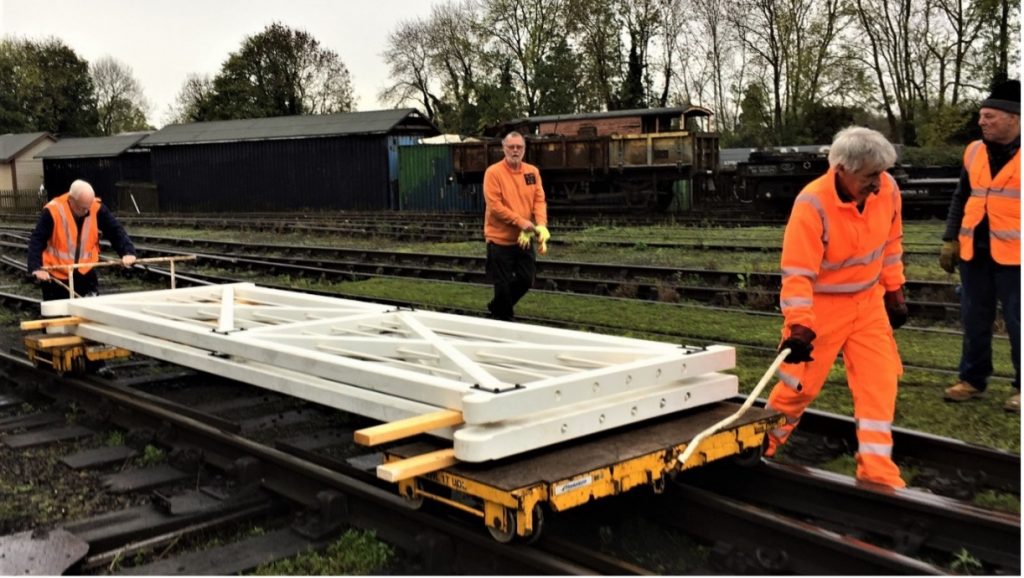
In mid-shunt, with Don leading by example and john doing all the pushing!
Once at platform five the first gate was lifted off and placed on two trestles ready for the fitting of the reused hinges. By this time the five-man team of the signals and telegraph department lead by David Harrison (on annual leave from his day job) assisted by John Wood, Barry Noble, Simon Ekiert, and Keith Parkinson had assembled and were engaged in the disconnection of the crossing gates mechanism for the removal of the first gate.
With the arrival of Stan Bull from the workshop with the telehandler (multi terrain fork truck) the first gate was removed and deposited against the face of platform five. Once the old gate was free from the telehandler, the two sets of hinges were removed, and the parts were cleaned up by John Beech. Each hinge is made up of four parts, the two long strap pieces which go either side of the gate and these each have a long section of treaded rod at the pivot end which treads through the main clamp section. This main clamp section has a stepped cross section which fits around the side of the gate stiles, and the back section of the clamp which holds the gate onto the operating spindle.
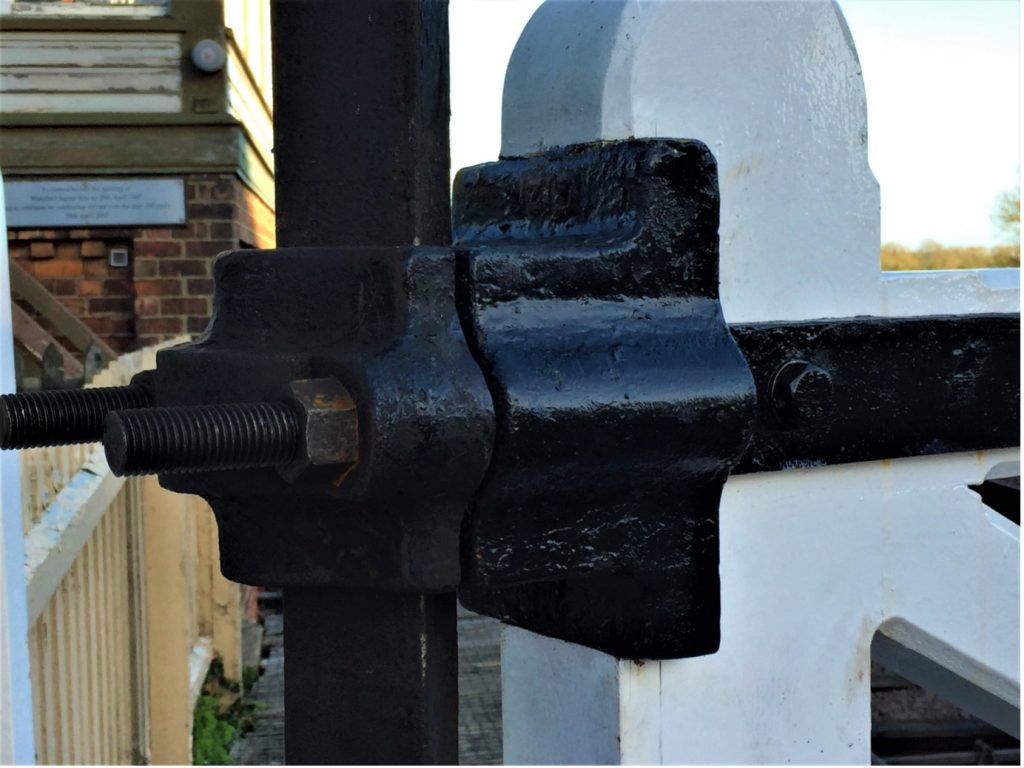
The fitted Hinge arrangement showing the hinge plate and the two clamp plates.
Following measurements given from David Harrison, Alan Scott and Dave Read set about cutting out the notches in the gate stile, to enable the main clamp section to sit in the correct position on the gate thus ensuring that the gates once fitted would sit in the correct position and that they would not clash against each other. Once the clamp position was secured then each of the hinge straps could be offered up and the bolt holes marked out ready for drilling. Once the holes were drilled the hinge plates, complete with a packing piece on the railway side of the gate, were fitted and tightened into position.
With Stan’s arrival back from the shed the first gate was ready for lifting and putting into position.
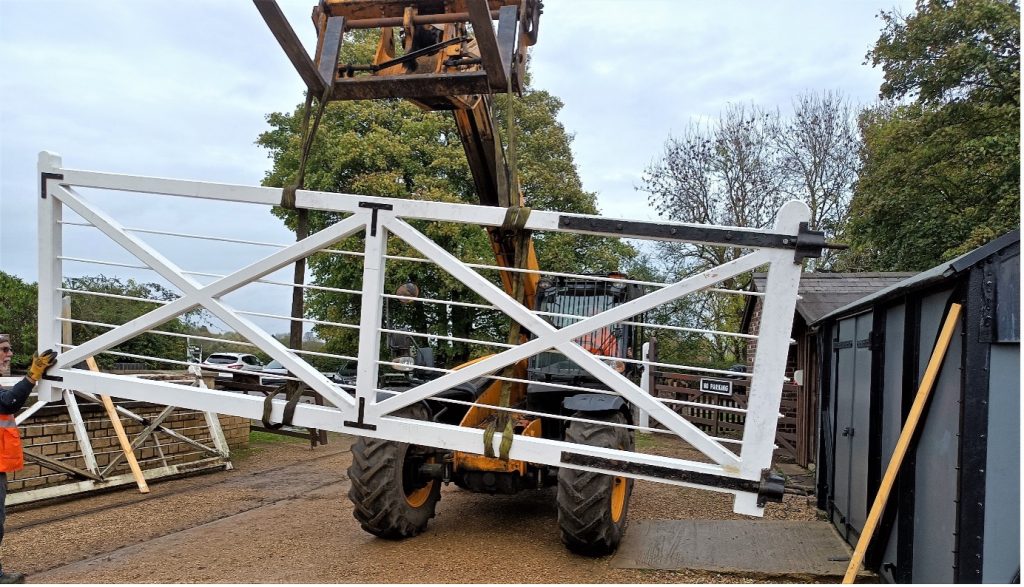
The first gate up in the air. The hinge plates and the main clamp section can be seen on the end of the gate.
Whilst the work on the new gate was being completed the S&T team had been busy getting the rest of the gate mechanisms disconnected and the second gate ready for removal. With the new gate cautiously transported to the vacant gap of the level crossing at the end of platform 3. The gate was offered up to the drive spindle and secured into position albeit further adjustment would be required once all the gates had been fitted.
The second gate was lifted onto the trestles ready for notching out the next morning, which also freed up the trollies for Don Osbournes P/Way works the next day.
The Second Day 8th November
The Tuesday was another dry day and with the S&T team engaged early on the disconnection of the second gate from platform 2 the whole team got off to a flying start. With the telehandler in the capable hands of Micky Winters today, as Stan was otherwise engaged, the gate was removed very early, and the previous process was completed all over again on the second gate which was ready of installing by lunchtime.

The Second gate being fitted.
With the excellent progress made so far it was decided to remove the third gate and barrier off the opening overnight. So, with its removal the gate was placed against platform 5 face, once the old gates had been transported up to the top end of the car park.
The Third Day 9th November
Wednesday was another dry and bright day with a slight breeze. Upon arrival at 08.00 the S&B team set about putting the platelayers’ trollies onto the track and shunting them up onto the ash pit road where we loaded on to them the last two gates as per the previous method and shunted them down to platform 5. Here the first gate was set up on the trestles waiting the critical dimensions from David Harrison for the notching out. With the third gate already removed the S&B team members John and Richard set about removing the old hinges etc and started the cleaning up of the hinges.
By this time the S&T team had arrived and started with the readying of the fourth gate for removal. Once the third gate was notched out and the refurbished hinges fitted, Stan was in attendance with the telehandler ready for the first lift of the day which proceeded well and resulted with the third gate being fitted by 11.00. The fourth gate was then removed, and whilst the S&T team were sorting out the underground linkages etc the S&B team set about the removal and refitting of the hinges to the new gate which was finally being lifted into position by 14.30. Once the fourth gate was fitted there was a problem with the third and fourth gate clashing, but as the time was getting on, the issue was left to be resolved the next day.
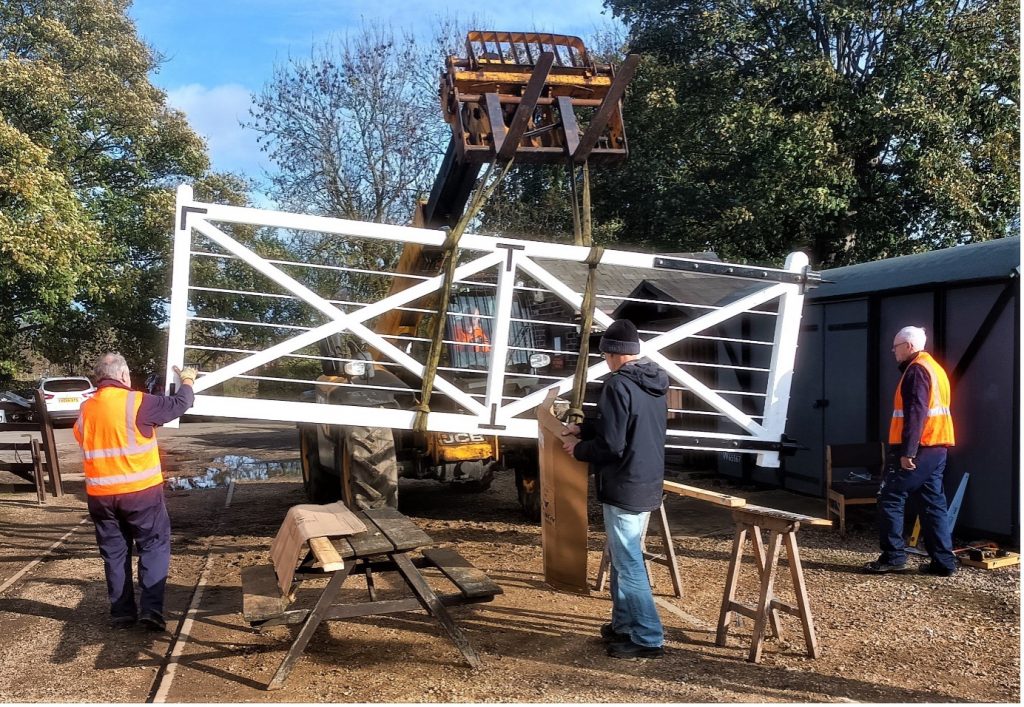
The fourth Gate being transported to its final position.
The Fourth Day 10th November.
Thursday saw Alan Scott and Dave Read from the stations and building team tie up with the signals and telegraph team to sort out the issue with the third and fourth gate. After a lot of tightening and adjusting the swing of the gates was achieved so that they did not clash when in the open position (against the railway). Alan and Dave assisted with the fitting of the two new lamp brackets to the diagonal gate positions and after they were assured by David Harrison, they were not required any more they departed for an early day.
The S&T Team caried on with the reassembly of the underground linkage and the fitting of the two newly restored red lamps to the crossing gates.
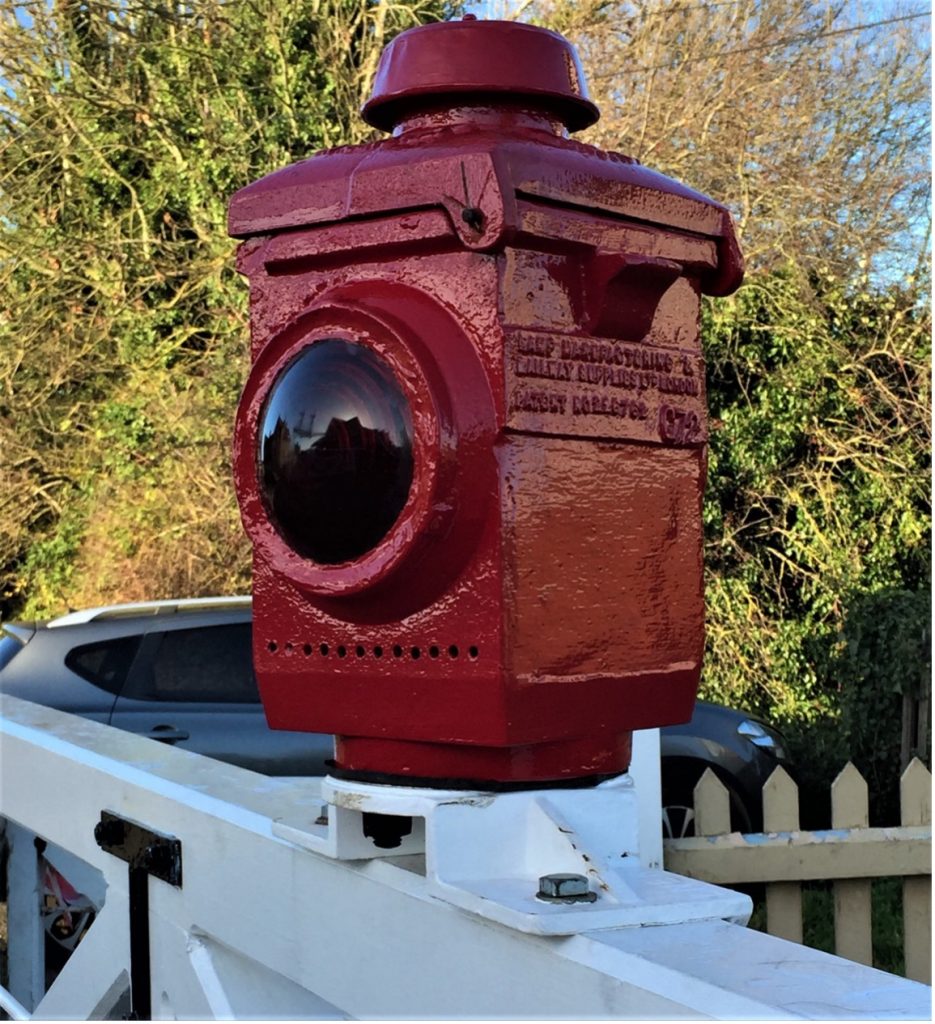
One of the newly restored lamps fitted to the new correct mounting brackets.
Subsequently
Since the installation works took place the S&T team have rewired the lighting into the new red lamps and fitted the newly manufactured boots for the bottom of the gate posts where they lock into the ground dogs. These four boots were manufactured by our staff in the workshop and painted black by John and Richard of the S&B team.
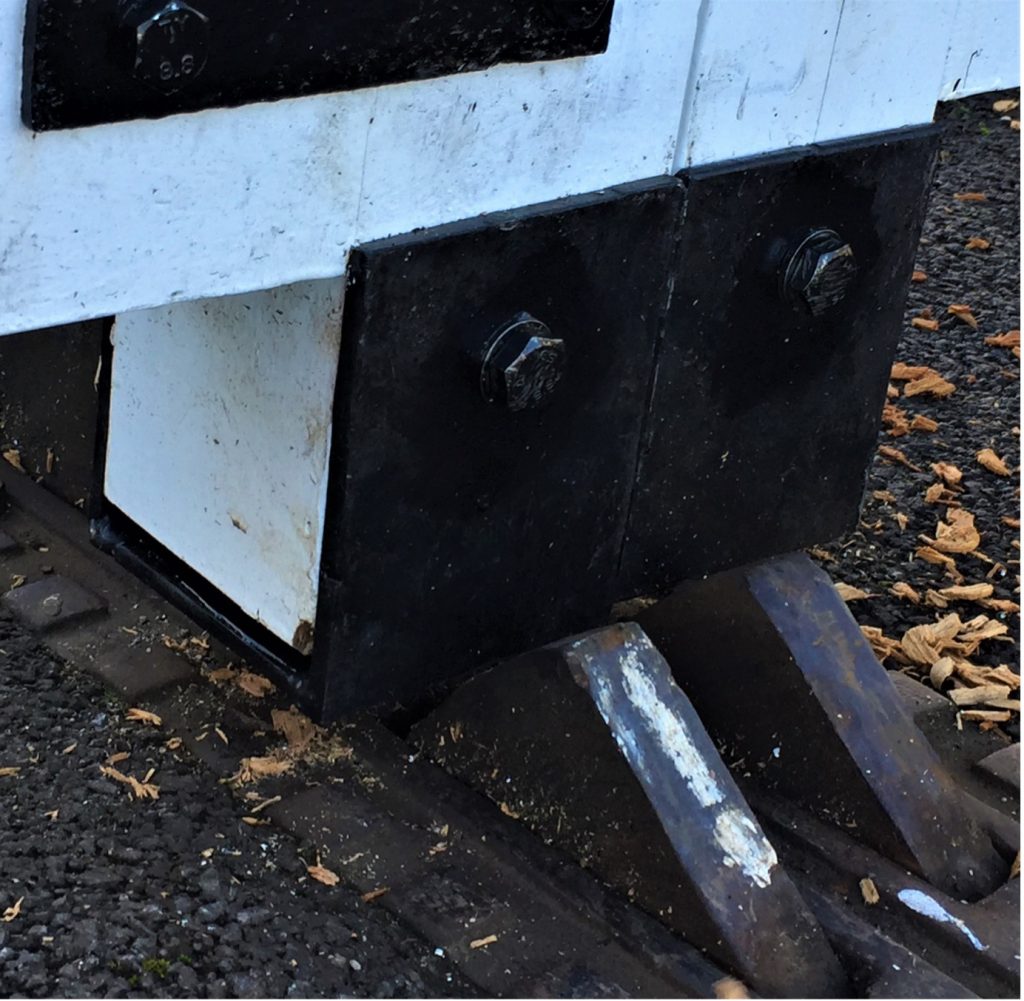
Two of the new boots on the bottom of the gates showing them located within the locking dogs.
John has been touching up white paintwork and repainting the gate hinges as well as cleaning down of the paintwork. The gates will get their final topcoat as soon as the weather permits. With the imminent completion of the two small wicket gates for the pedestrian crossing all that will remain will be to repaint the four concrete support pillars again as soon as the weather permits. The S&T team are in the process of last adjustments to the operating mechanism and once these are completed, they will advise the S&B team so that the new reflective red roundels can be fitted into the correct orientation on the gates.
Alan Smith Richard Dorman and Myself have rebuilt the wooden platform ramp on platform two, which was removed so the S&T team could get to the gate linkage which is housed underneath. Unfortunately, once the timberwork was removed a large a mount of rotten timber was found and this we have subsequently replaced (even reused a piece of the old gate). We have also dismantled the old gates and salvage what we could with the metal work going to scrap and the old timber going for firewood.
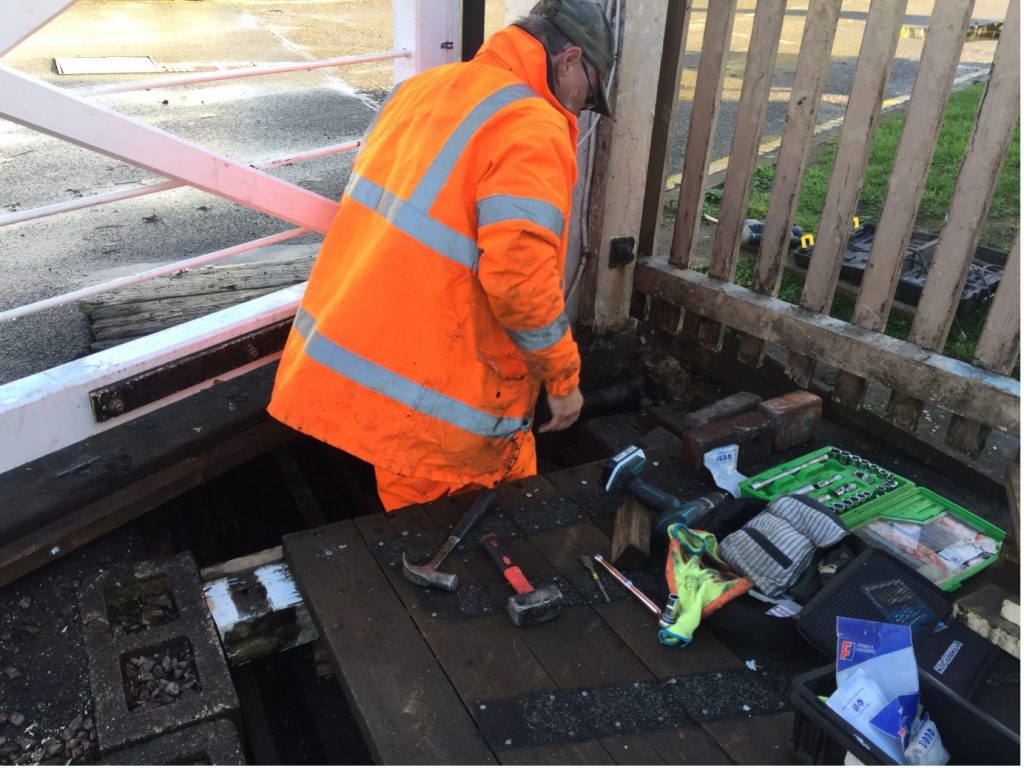
Alan Smith in the depths of the gate linkage area sorting out the last part of the ramp rebuild.
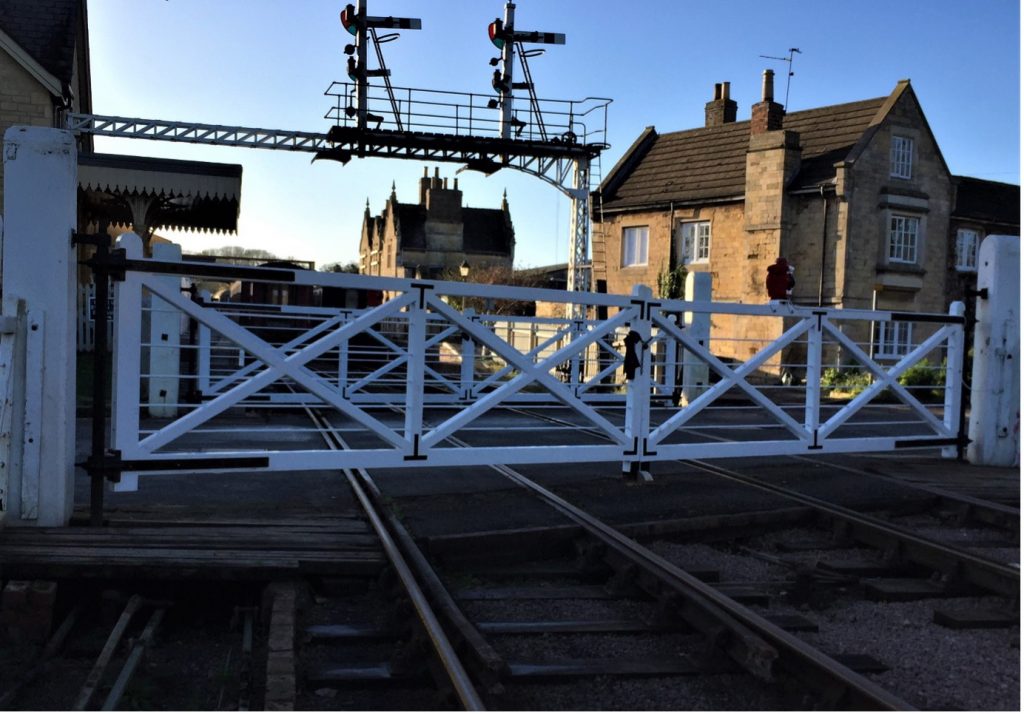
The completed gates in their glory.
Note:- The picture earlier is a screen shot from the web cam mounted on the side of the signal box.
Our thanks to RailcamUK for the fourth picture from their webcam on the Wansford signal box. Have a look at railcam.uk for some excellent cams both on the network and also heritage lines across the UK.
We are now coming to the end of day three of the replacing of the crossing gates at Wansford.
All appears to be going well with all four gates in position. Now for the connecting and adjustment of the controls for opening and closing them.
Well yet again I have heard comments that the railway is quiet at the moment until the Santa trains start at the end of November.
How wrong a statement that is!!
Let us take the coming week shall we.
Saturday starts with a steam driver experience day with 92 Squadron, an event that never ceases to be popular. There is still a big appeal in driving a steam locomotive.
Sunday brings us a running day with the Swedish Railcar, doing four runs each way. The railcar is popular with visitors, if only perhaps because of it being so unusual.
Monday to Friday brings something a little different. The crossing gates at Wansford are due to be replaced, and the new gates have been constructed in-house by some very skilled members.
Thursday brings us a private charter up the line,.Charters like this are popular with people who for a variety of reasons want their own train.
This brings us back to Saturday and another four each way railcar service.
So there you have it a week in the life of the railway heading towards Winter. So much for not a lot happening!!!
Many people think that with the end of the summer holidays the railway will be winding down for the autumn and winter. Now this is I suppose a logical thought after all nothing happens in the autumn and winter at the railway.
This if course is not true, the railway never sleeps, it may have the odd doze but it never truly shuts down.
Let us look between now and Christmas. We are running services at weekends between now and the end of October. With several events planned and ready to go. Hopefully the first week of November should see the installing of the new crossing gates at Wansford and of course we have not only the preparation for the Santa services but the services themselves. Throughout this period S&T and the civil’s will be doing work out and about.
The office will function normally as will other departments. So as you can see the railway is far from winding down, and after Christmas the railway will start and do it all over again.
So please if you are able come along and support the railway, this is a lovely time of year to travel the line.
The Level Crossing Gates. By Tony Dwight
Progress has been steady on the gates since last month, and we are now at a stage where we have three of the gates fully constructed.
Of these gate D has received two coats of primer, two coats of undercoat and two coats of white gloss paint. Gate A has reached the glossing stage and gate B is still awaiting its first primer coat.
The metal rods have been dry fitted but are at present removed and awaiting painting in white “Hammerite” before they are fitted permanently.
To facilitate John in the painting of the gates, Alan and Dave have made four trestles which allow the gates to be stood up and clamped against them this also frees up the bench for the continued construction of the other gates.
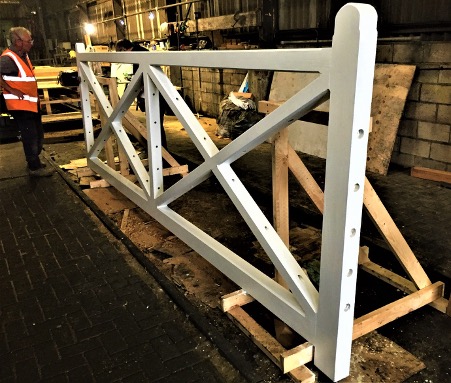
Gate C is in the process of have the cross bracings made and dry fitted as the drilling of the holes has to be done with cross bracings removed, they are then refitted and fixed into position, which also allows the chamfering of all of the edges.
It is understood that the fitting of these gates will be carried out during the first week of November as a joint exercise with the S & T department, and the workshop staff using the teleporter.
Once the gates are fitted into position, they will receive a final topcoat of white gloss, with the black metal work also being repainted.
The S & T department will be painting the red roundels and the stop lanterns prior to them being refitted to the new gates.
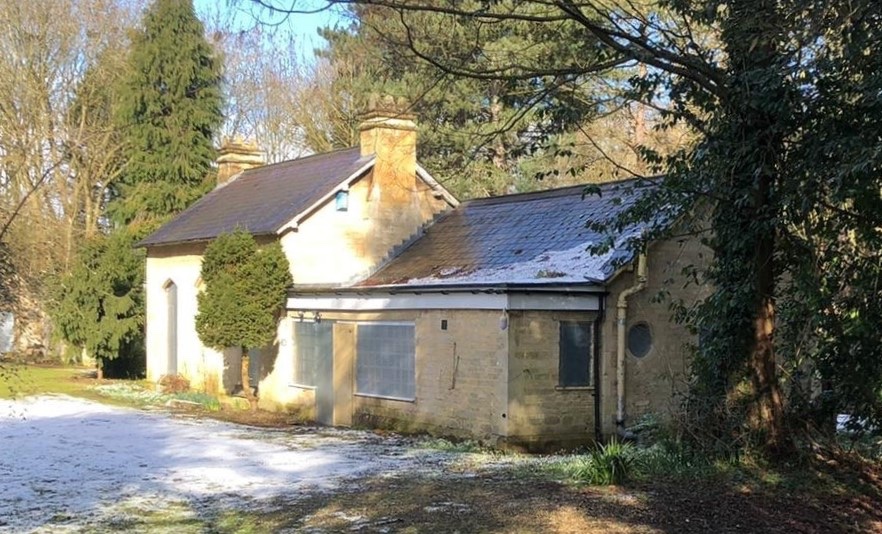
Peterborough’s two railway charities, Railword Wildlife Haven and the Nene Valley Railway are proud to learn that their joint proposal for a future home for the old station buildings from Wansford Road has been accepted by National Highways. The buildings were slated for demolition to clear a path for much-needed road improvements dualling the A47 between the A1 at Wansford and Sutton – this is the final dual-carriageway link between the A1 and northern Peterborough. Work will start in 2023 to carefully dismantle the buildings and pack numbered stones onto pallets for transport to the Railworld site next to the Peterborough Nene Valley station on the south bank of the Nene, where they will be rebuilt, with sympathetic restoration of some original features that have been lost over the years. The charities are very grateful to National Highways, who are donating over £200K towards the cost of the move. Once complete, the buildings will serve both Railworld and the Nene Valley Railway as a gateway to their services and attractions.
Railworld Wildlife Haven is a charity in Peterborough which has a nature haven, a model railway and other exhibits. It is located on a landscaped former coal storage yard which once served Peterborough Power Station. https://www.railworld.org.uk/
Nene Valley Railway is a charity that runs a preserved railway westward up the Nene Valley from Peterborough to East Northamptonshire. Both Steam and Diesel, British and European trains run regularly through the year. https://nvr.org.uk/
By Tony Dwight
Following my last post about the gates I thought that maybe some of you may be wondering why the gates need replacing so here are a few pictures that highlight the extremely poor state that the existing gates are in.


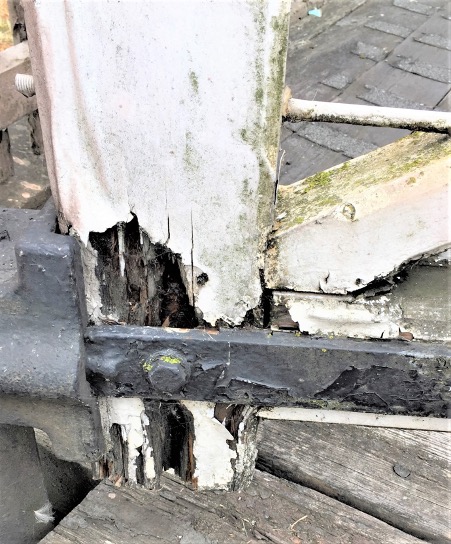
On a more positive note, progress on the gates is coming on well the fourth frame B has been made and gate D has progressed to having the cross bracing fitted and the five long steel rods installed. With the routering of the chamfers to the timber edges and the metal strengthening plates being fitted will release the gate for decoration.

I will report further progress on this most interesting project in due course.
NOTE:-
Maintenance like this is just a small part of the constant ongoing work to maintain and operate a heritage railway. Donations towards the rising costs are always most welcome irrespective of the amount.
The next project the team are taking on is making replacement stairs and handrails for the signal box
If you would like to donate then please contact the Wansford office on 01780-784444 between 10am and 3pm seven days a week.
Good news for Thomas and Thomas fans.
His new boiler tubes arrived this afternoon.
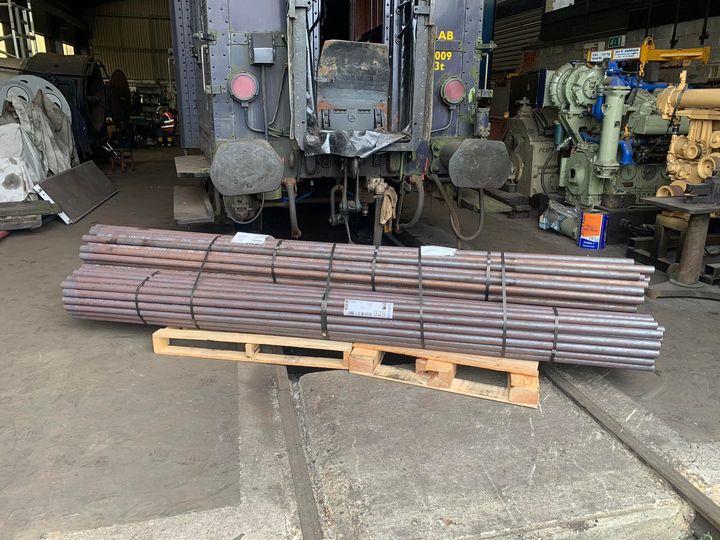

As a local Registered Charity (No. 263617) we need a little HELP to keep us running at our desired speed after a rough couple of years.
Can you spare a day or two to help our One Man Band Employed Track Manager & his Merry Team of 5 to 10 Strong Team of willing volunteers to change 500 sleepers on our tracks?
We have set aside 3 weeks in our running schedule to get this work completed, so if you are a local business and can spare a few willing people who are fit and able please message us and we look forward to welcoming you to Nene Valley Railway. Refreshments and facilities will be provided.